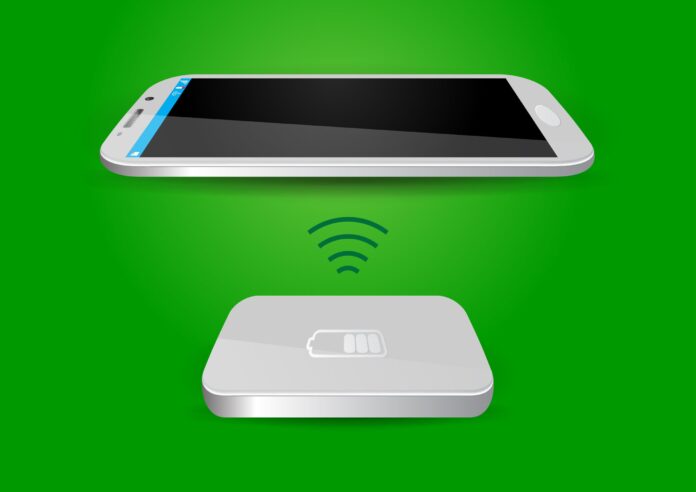WASHINGTON – Wireless charging is growing as an industry according to market research firm IHS, which reported that in a one-year period consumer awareness of wireless charging products rose from 36% to 76%. To learn more about the emerging market of wireless charging, RCR Wireless News talked with Jacob Babcock, CEO and co-founder of Nucurrent, a company focused on wireless charging technology.
“Wireless power is changing the way people interact with their electronic devices, from phones to wearables to even their vehicles.” Babcock said, adding that the industry is growing by leaps and bounds.
“In 2013 there were 25 million wireless power products shipped worldwide,” Babcock said. “In 2014 there were 60 million units, which is a really nice growth, but still a small market worldwide. This year, 220 million devices will ship worldwide.”
Babcock believes a reason for the increased growth is the consolidation of wireless power standards, which has been a major obstacle to the proliferation of wireless power. Disputes over standards are not unusual, he said.
“If you go back to the ’80s, there was VHS and Betamax,” Babcock explained. “If you go back to the early 2000s there was Wi-Fi and RIF.”
Consumers don’t even hear about standards disputes within the industry, Babcock notes, and explains that the situation is resolving itself since the number of standards has gone from four to two, allowing the industry to ramp up production and ship more products.
“Eventually, one standard will win and that will no longer be a hold-back,” Babcock said, estimating the market could grow to be worth billions.
Wireless charging has an advantage over traditional cables in that it is said to be quicker, safer and more aesthetically pleasing. Wireless chargers can recharge phones quicker than cords as well as power appliances; the power units can be built right into the furniture of a home, making them desirable for smart homes.
Babcock explained the technology is also safer than old-school outlets.
“It’s safer than outlets because there’s nowhere for your children to stick their finger, power now comes through the surface or the wall,” Babcock said. “That’s an added safety benefit. The safety people are concerned about [what] comes from all these wireless waves, which makes them want to walk around in tinfoil hats. The reality of wireless charging [is it uses] near field [communication], which is on the other end of the physics spectrum.”
Although Babcock’s company focuses on smaller-scale wireless power antennae, he notes that wireless power has other uses. “It’s very relevant to [“Internet of Things”] for things that are more power-hungry than your average sensor.”

